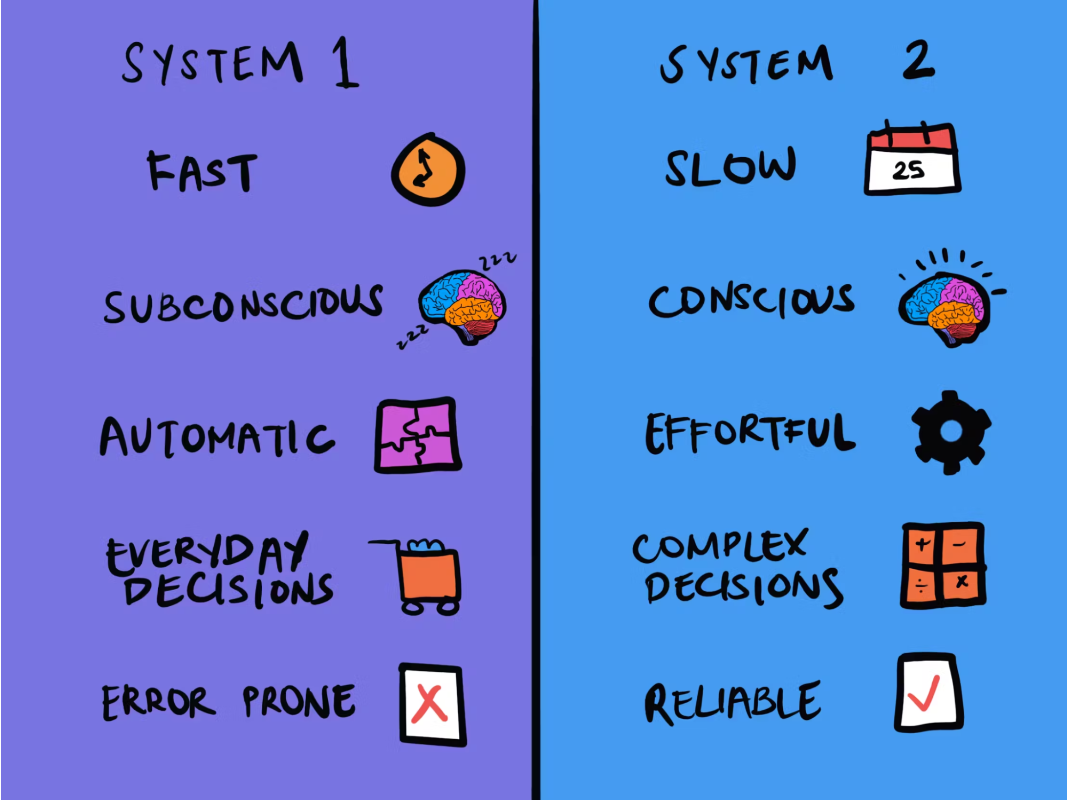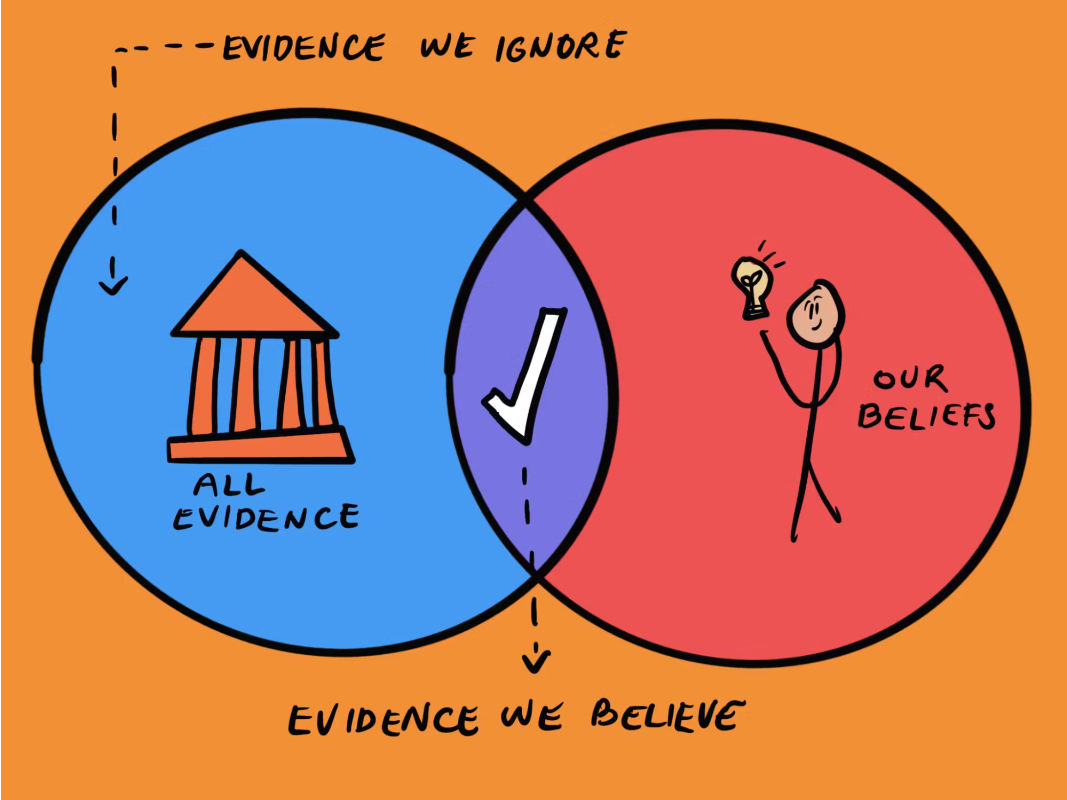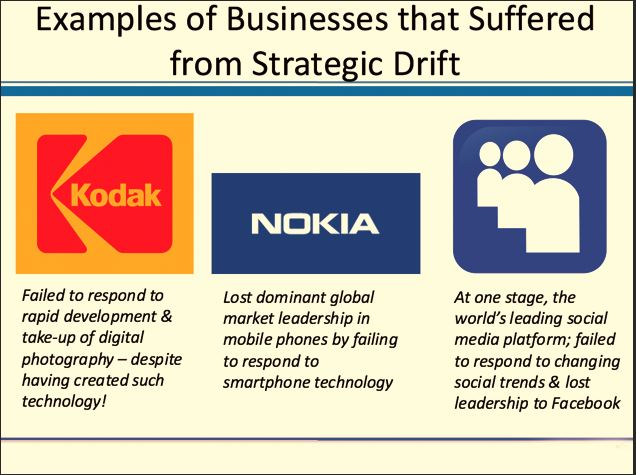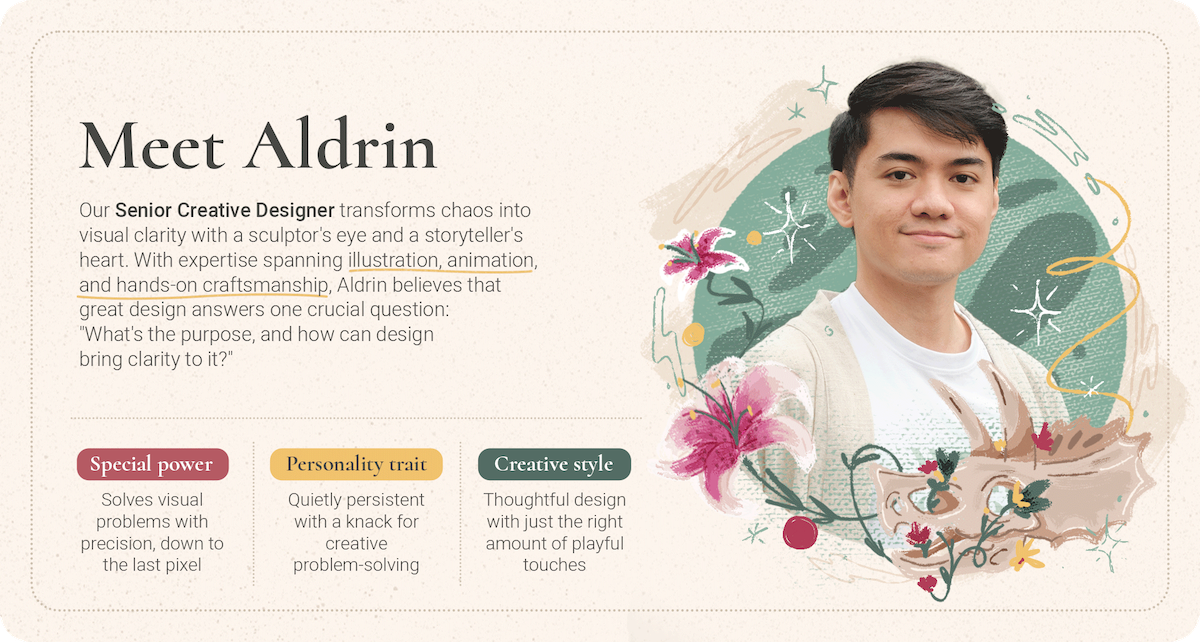
Hi! Sam here, Account Director at With Content.
🙋🏻♀️ What do Kodak, Nokia, and Friendster have in common?
I learned the answer earlier this year when Kat and I organized a game of “Test Your Theory” during With Content’s retreat in Hanoi.
Based on psychologist Peter Wason’s “Rule Discovery Test,” the game presents a three-number sequence. Players try to deduce the rule behind it by proposing their own sequences.
The game master confirms if the new sequence follows the rule or not, and players can then guess the rule.
2, 4, 8
Can you figure out the rule that generates the sequence?
We were surprised by how hard it was for the team to test sequences that didn’t fit their theories, even when they’d already been debunked.
We kept proposing numbers based on what we assumed to be the correct rule, instead of trying to discover sequences that contradicted our theories.
For instance, if a player thought the rule was to double each number, they’d propose a sequence to confirm this — say, 16, 32, 64. We didn’t think of testing sequences that might not fit the assumed rule.
In reality, the rule was simply ascending numbers, so sequences like 10, 12, 16 and 9, 10, 11 were also correct.
This exercise highlights the human tendency to seek patterns (or mental shortcuts) to save time and energy. These brain hacks are useful, but they can also lead to thinking traps due to how we store memory and allocate attention.

Challenging our perspective with sequences that contradicted our hypothesis would have provided more useful information, as a “no” can be more enlightening than a “yes” when everything else tested yields a “yes”.
What does this have to do with content marketing and Friendster?
The game exposes how confirmation biases impact our decision-making as content marketers.

In marketing, confirmation bias can lead to “strategic drift,” where a company deviates from its original objectives because marketers selectively interpret information to fit their preconceptions, ignoring conflicting data.
An example of strategic drift is when marketers cherry-pick data that supports their existing strategies, like focusing on positive reviews while ignoring negative feedback.
Another is when we adopt marketing methods as rigid dogmas without considering our local contexts.
For example: The belief that every content calendar must spring from a list of high-volume SEO keywords. If you limit yourself to that rule, you’ll miss out on making content relevant to the latest industry issues.
Besides, you’ll likely have a small subset of keywords to inform your strategy, given the limited data SEO tools usually have for Southeast Asia-based searches.
And that’s what Kodak, Nokia, and Friendster have in common — they suffered from strategic drift and were unable to adapt to market changes.

How to avoid strategic drift
As a content marketing agency that values strategic thinking, we could have easily assumed that our team-building and goal-setting sessions at the start of the year would set us up for 2024.
While those were valuable exercises, we need to stay agile and responsive to market shifts and client demands. We can’t rest on our laurels; we have to continuously test our hypotheses to mitigate our biases.
Here are some steps we’ve been taking to help with that:
- Gather information from diverse sources, even those that challenge our beliefs.
- Create an environment where team members feel comfortable challenging each other’s assumptions.
- Regularly review and adjust strategies based on the latest data and market insights, while remaining true to our core principles.
- Conduct controlled experiments to assess different marketing strategies.
- Encourage diversity of thought by including individuals from various backgrounds, cultures, and experiences.
D.I.Y.: Accept but test your biases
Cognitive biases are a natural part of human thinking. We will encounter thinking traps as we study our customers, deal with our clients, relate to our co-workers, you name it.
It’s by being aware of our biases that we begin to compensate for them.
I emphasize this because a trap is believing we’re not as biased as others, leading to a closed mind (this, in fact, is also a cognitive bias called objectivity illusion).
But we humans are not as objective as we think.
A study comparing Western and Eastern cultures’ confirmation biases didn’t find significant differences between groups. Higher education levels didn’t affect the degree of confirmation bias either.
That’s why the first step is recognition. To test your confirmation biases, be curious about opposing views that can offer new perspectives. In marketing, staying curious means exploring new ideas to determine what works best for your audience — even if they challenge your standard tactics and methods.
Let’s raise the bar of content marketing in Southeast Asia
We hope you enjoy Rise and find this newsletter helpful.
And if you do, why not share it with a friend?
Thanks for reading!
![]()
Sam
with help from Katrina and Daniel



